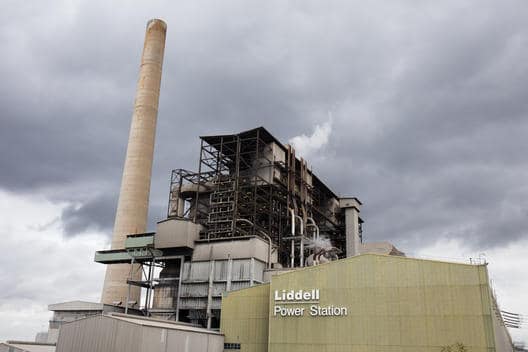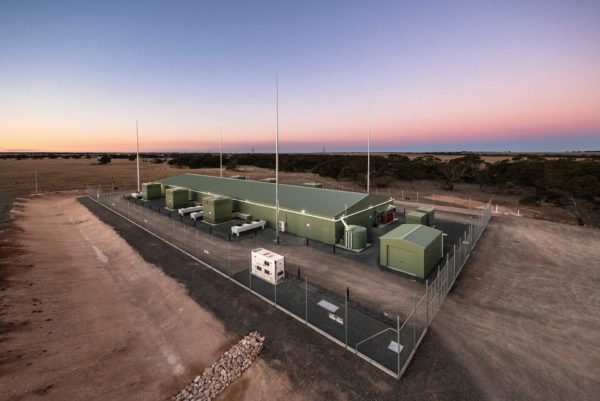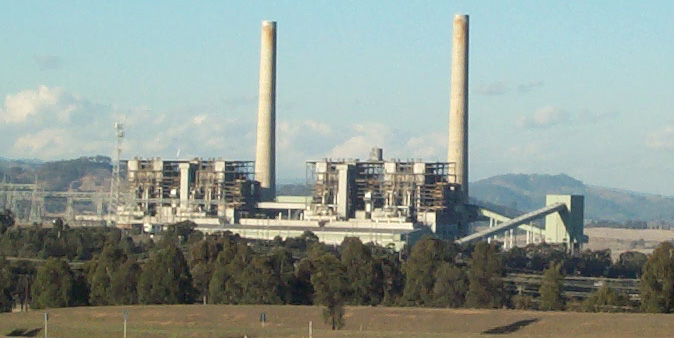Energy giant AGL has confirmed the appointment of Melbourne-based diversified engineering contractor Delta Group to oversee the first stage of closure, decommissioning and demolition of the coal-fired Liddell Power Station in the New South Wales Hunter Valley.
The 1,680 MW power station will close in April 2023 with AGL reconfirming its intentions to repurpose the existing infrastructure at the site to support the construction of new generation and storage infrastructure.
AGL has already lodged plans to establish a giant 500 MW battery at the site as the gen-tailer manages its transition to a renewable energy dominated electricity market.
AGL chief operating officer Markus Brokhof said the appointment of Delta Group was an important milestone as the company prepares for Liddell’s retirement.
“For the next three months, AGL and Delta will establish appropriate documentation, processes and systems to ensure an orderly and safe closure of the station’s units,” Brokhof said.
“Delta will help identify specific risks and controls for decommissioning, asset salvage, remediation and demolition.”
The first stage of these works will conclude in mid-July 2021.
The first unit at Liddell will close in April 2022. The remaining three units will close in April 2023.

Image: Greenpeace
Brokhof said preparing for Liddell’s closure was significant with the power station having produced about 8000 GWh of electricity annually since it was first commissioned in 1971.
“Preparing for Liddell’s closure is a bittersweet moment for AGL … but equally we’re excited to take these steps as we transition and enter a new era for the business,” he said.
“The station is now nearing the end of its technical life and our transition program is about ensuring the safety of our people and preparing other sources of generation to continue delivering reliable electricity.”
AGL, which in March announced it would split its business into two entities with separate strategies, had originally floated plans to transform the Liddell site into a renewable energy hub producing electricity from gas, solar PV backed up by battery storage and pumped hydro storage.
In recent months the company has confirmed it is seeking planning approval from the NSW government for a big battery of up to 500 MW. The first phase of the project involves the installation of 150 MW of battery storage within 18-24 months. Work on Phase 1 is expected to be complete by the time the coal-fired plant shuts down
“Australia’s future energy needs will be delivered through a combination of technologies – gas, hydrogen, pumped-hydro, renewables and firming technologies and industrial developments,” Brokhof said.
“We are continuing to work on a number of plans for the Liddell site as we develop an energy hub which includes solar storage systems, grid-scale batteries and a waste-to-energy facility.
“We are looking forward to progressing these plans which will provide essential jobs and economic activity to the region while also supporting Australia’s energy transition and AGL’s Climate Statement commitments which include net-zero emissions by 2050.”

Image: ARENAWire
The Liddell battery forms part of AGL’s plans to add 850 MW of grid-scale batteries to its portfolio by 2024
Earlier this year, AGL announced construction had started on its 250 MW one-hour-duration battery at the site of its Torrens Island power station in South Australia.
Also this year it lodged a planning application to construct a 200 MW grid-scale battery at its Loy Yang power station in Victoria’s Latrobe Valley. It has plans to build a 50 MW battery at Broken Hill in NSW and has announced support for battery projects at Wandoan (100 MW) in Queensland and Maoneng (4 x 50 MW) in NSW. It is already operating the 30 MW/ 8 MWh BESS at Dalrymple in South Australia.
“It is through low emission firming technology, like batteries, that we are continuing to drive AGL’s energy transition and respond to the accelerating market forces of customer demand, community expectation and the development of technology,” Brokhof said.
This content is protected by copyright and may not be reused. If you want to cooperate with us and would like to reuse some of our content, please contact: editors@pv-magazine.com.









2 comments
By submitting this form you agree to pv magazine using your data for the purposes of publishing your comment.
Your personal data will only be disclosed or otherwise transmitted to third parties for the purposes of spam filtering or if this is necessary for technical maintenance of the website. Any other transfer to third parties will not take place unless this is justified on the basis of applicable data protection regulations or if pv magazine is legally obliged to do so.
You may revoke this consent at any time with effect for the future, in which case your personal data will be deleted immediately. Otherwise, your data will be deleted if pv magazine has processed your request or the purpose of data storage is fulfilled.
Further information on data privacy can be found in our Data Protection Policy.